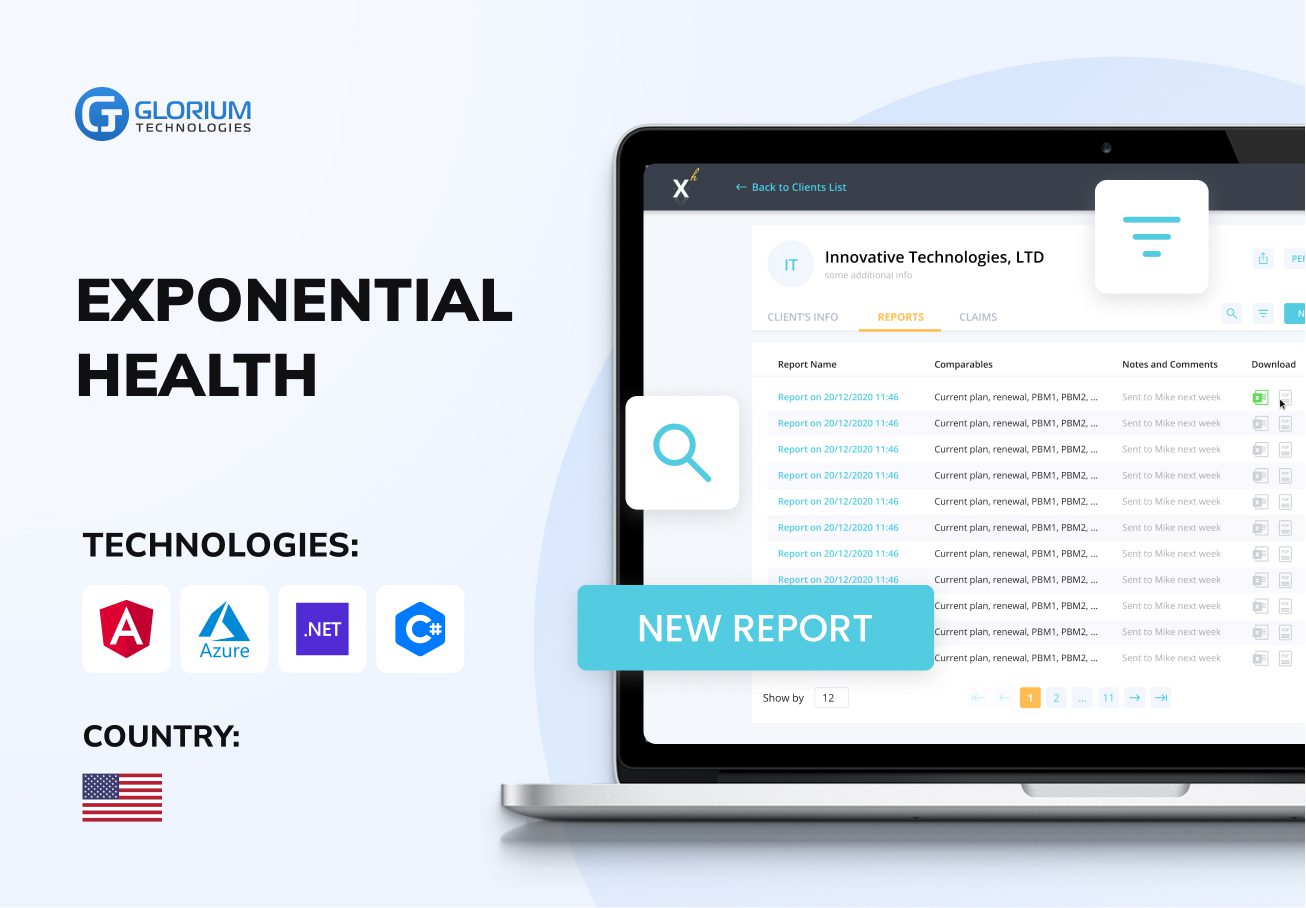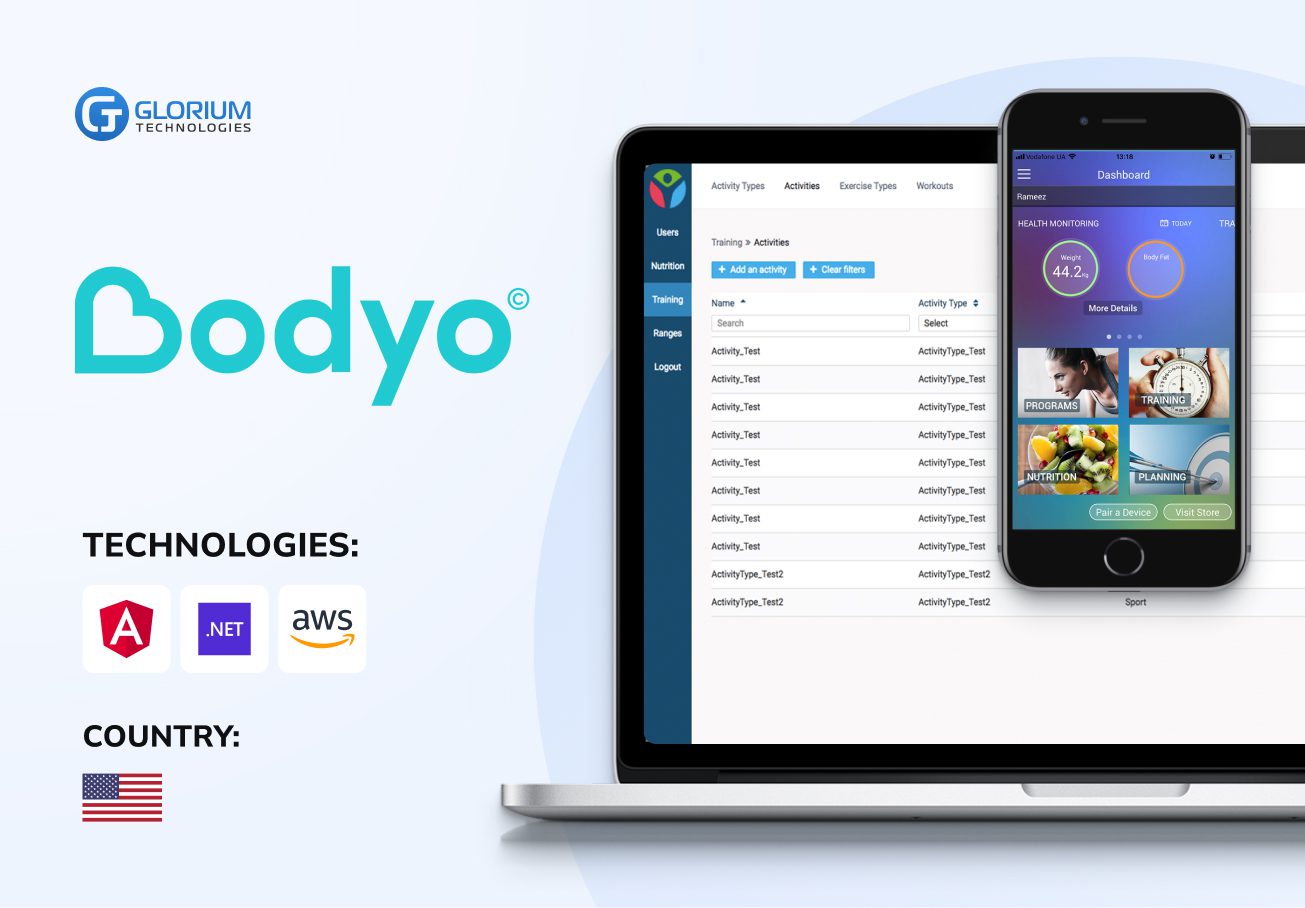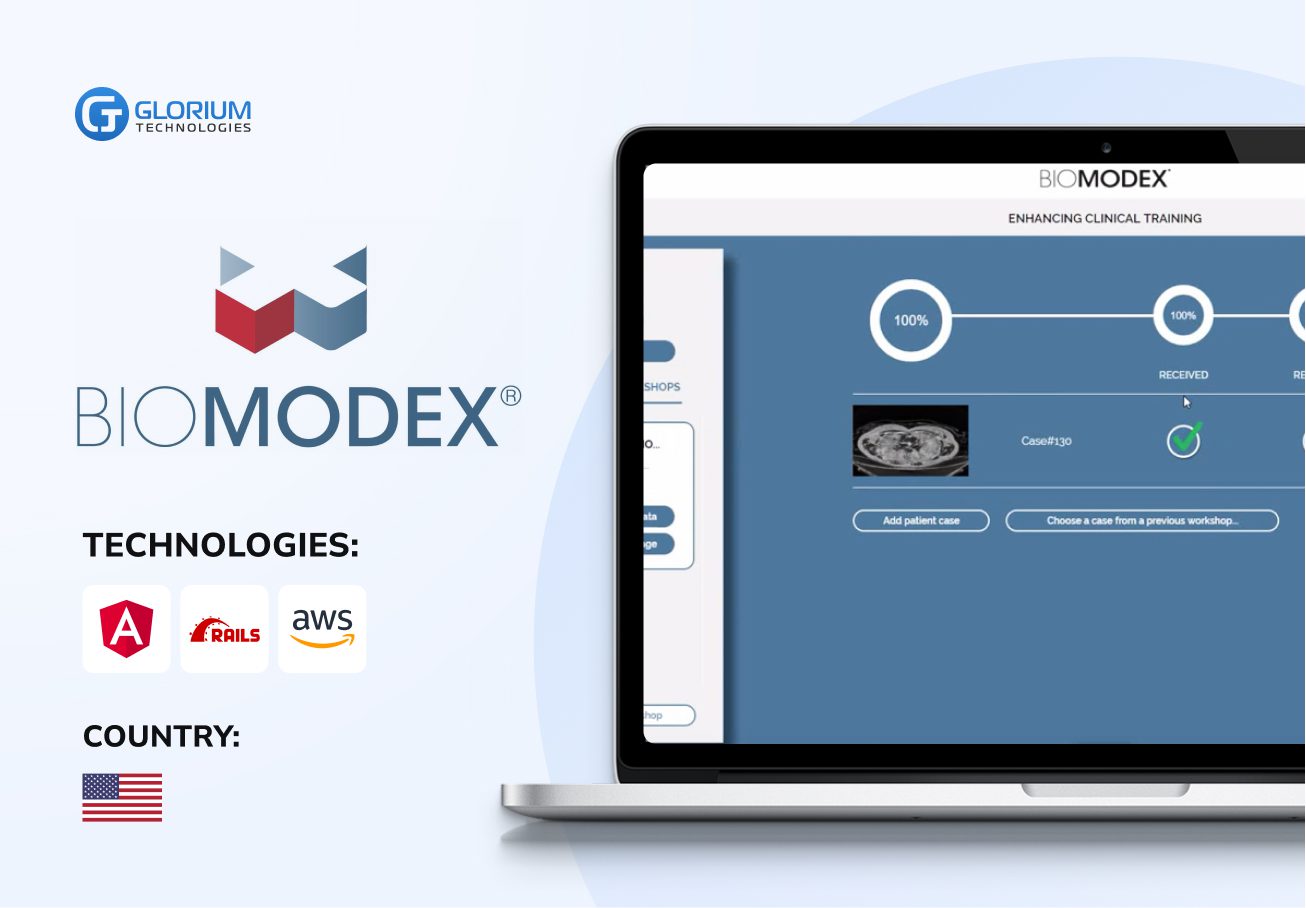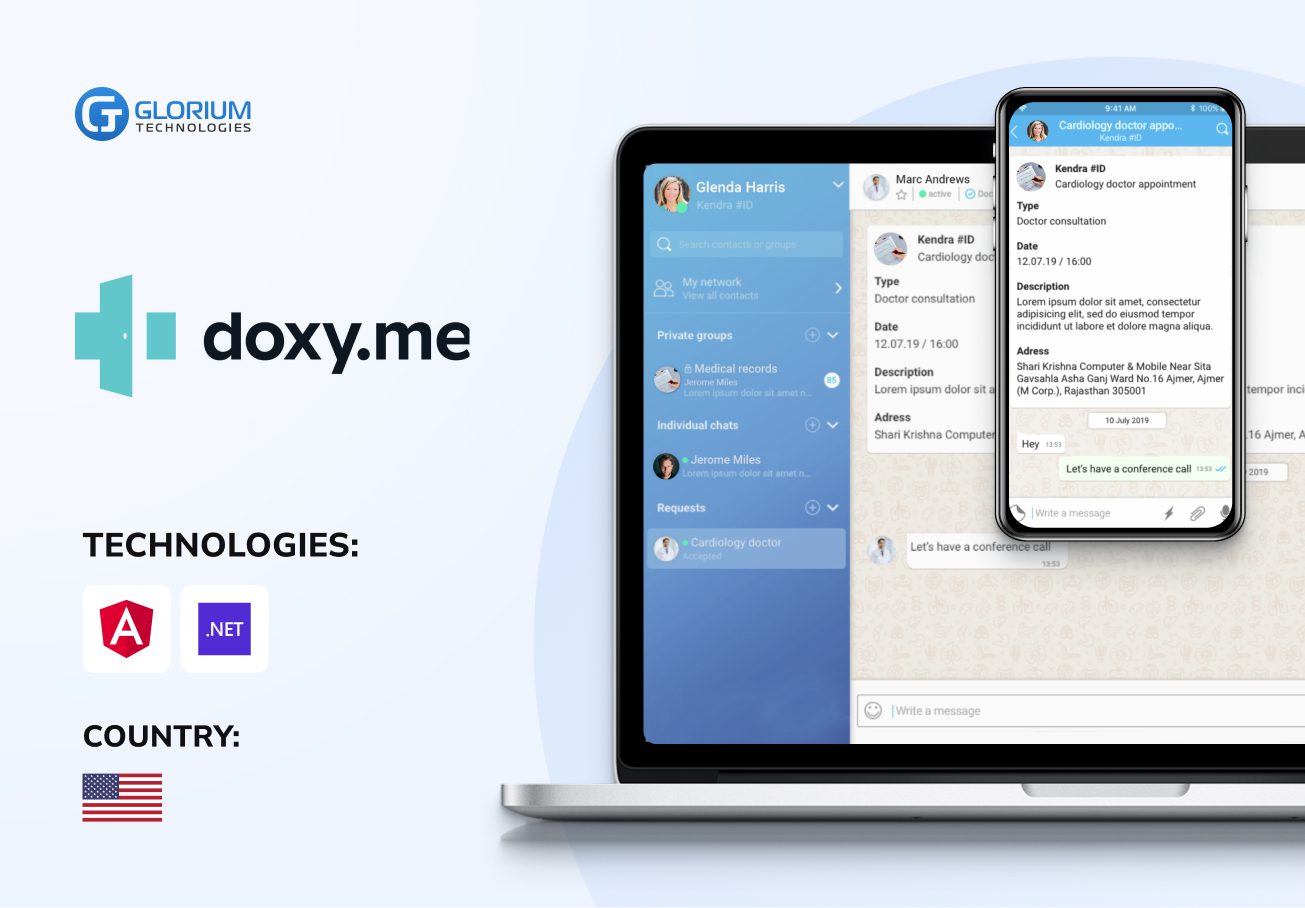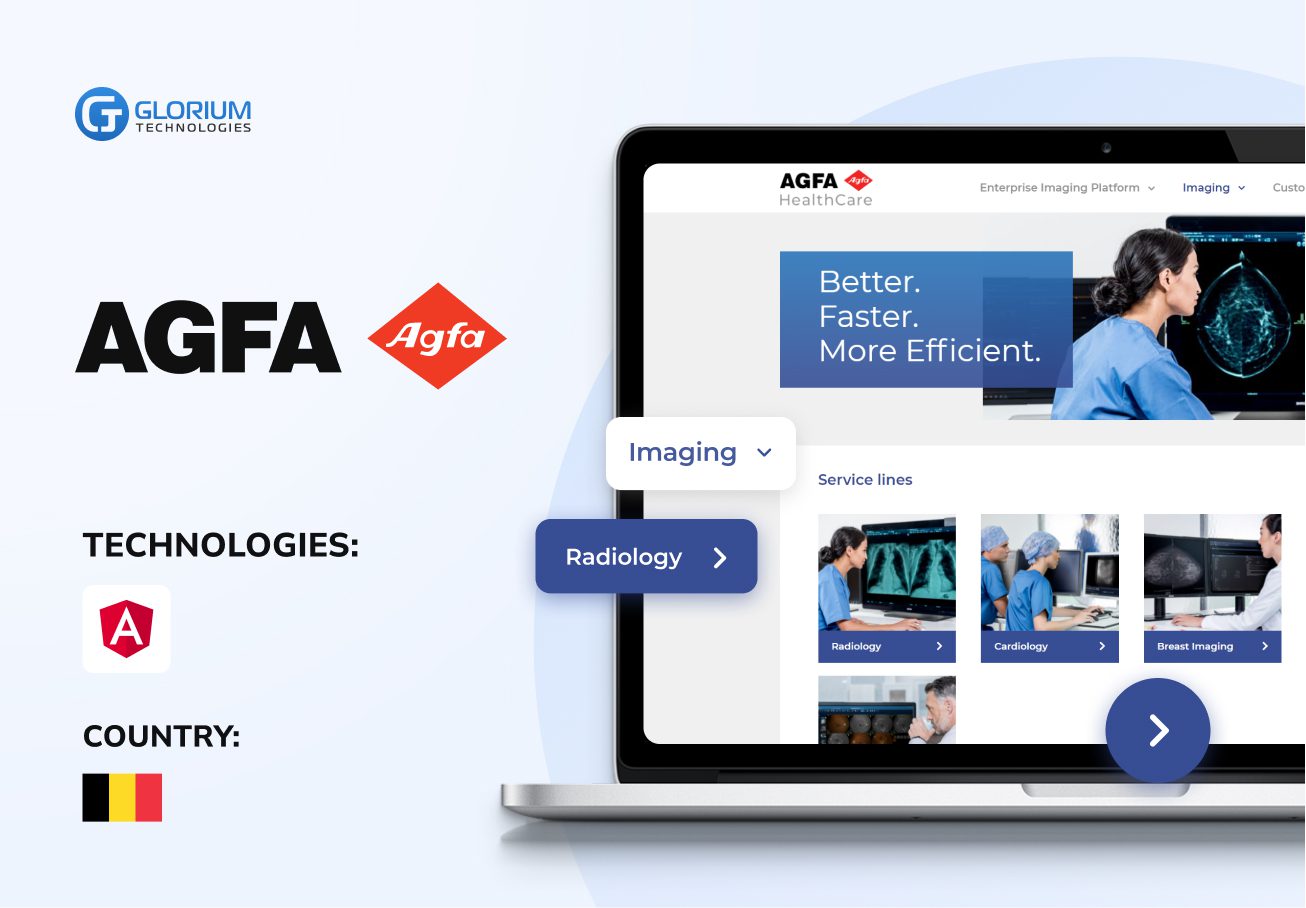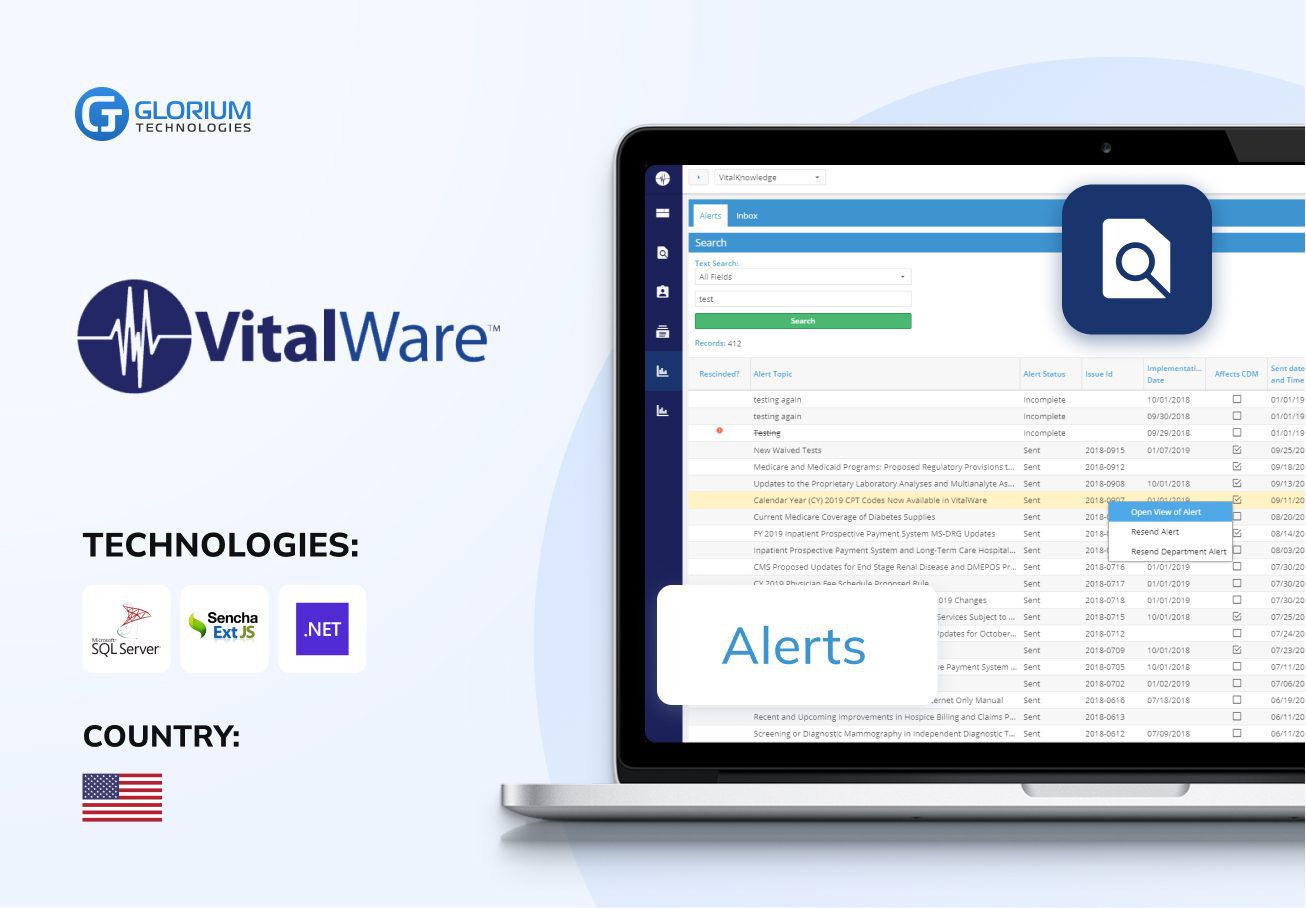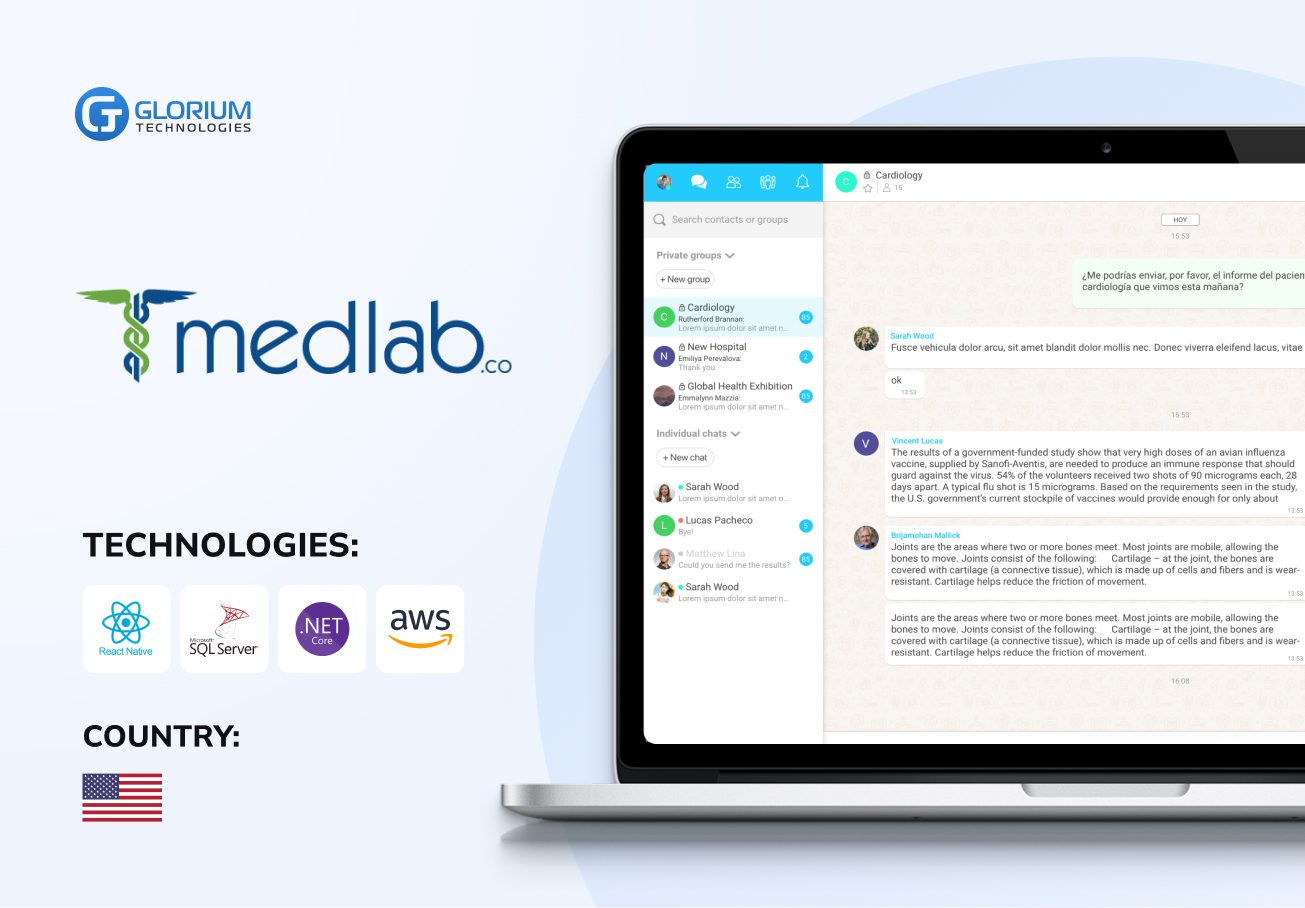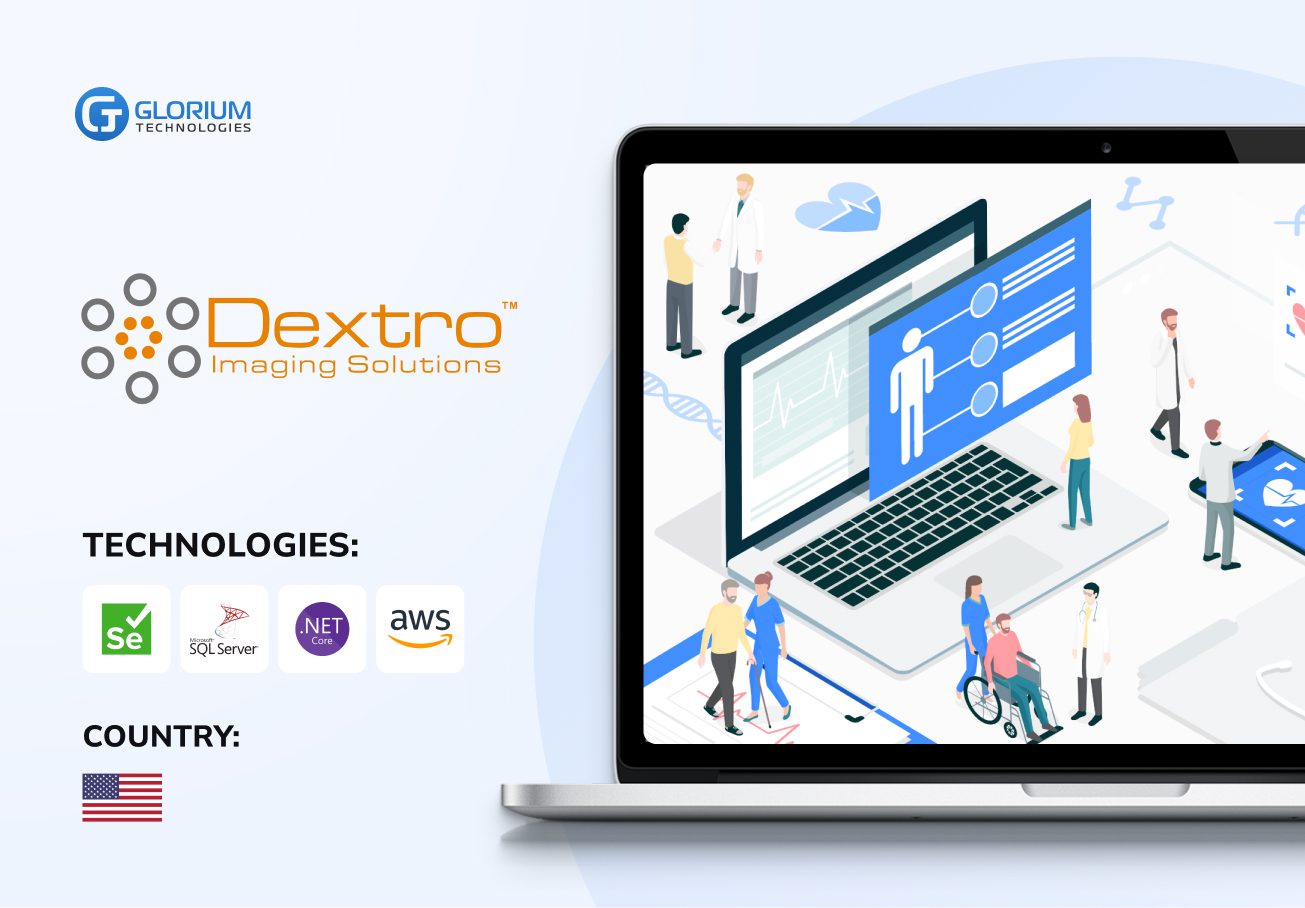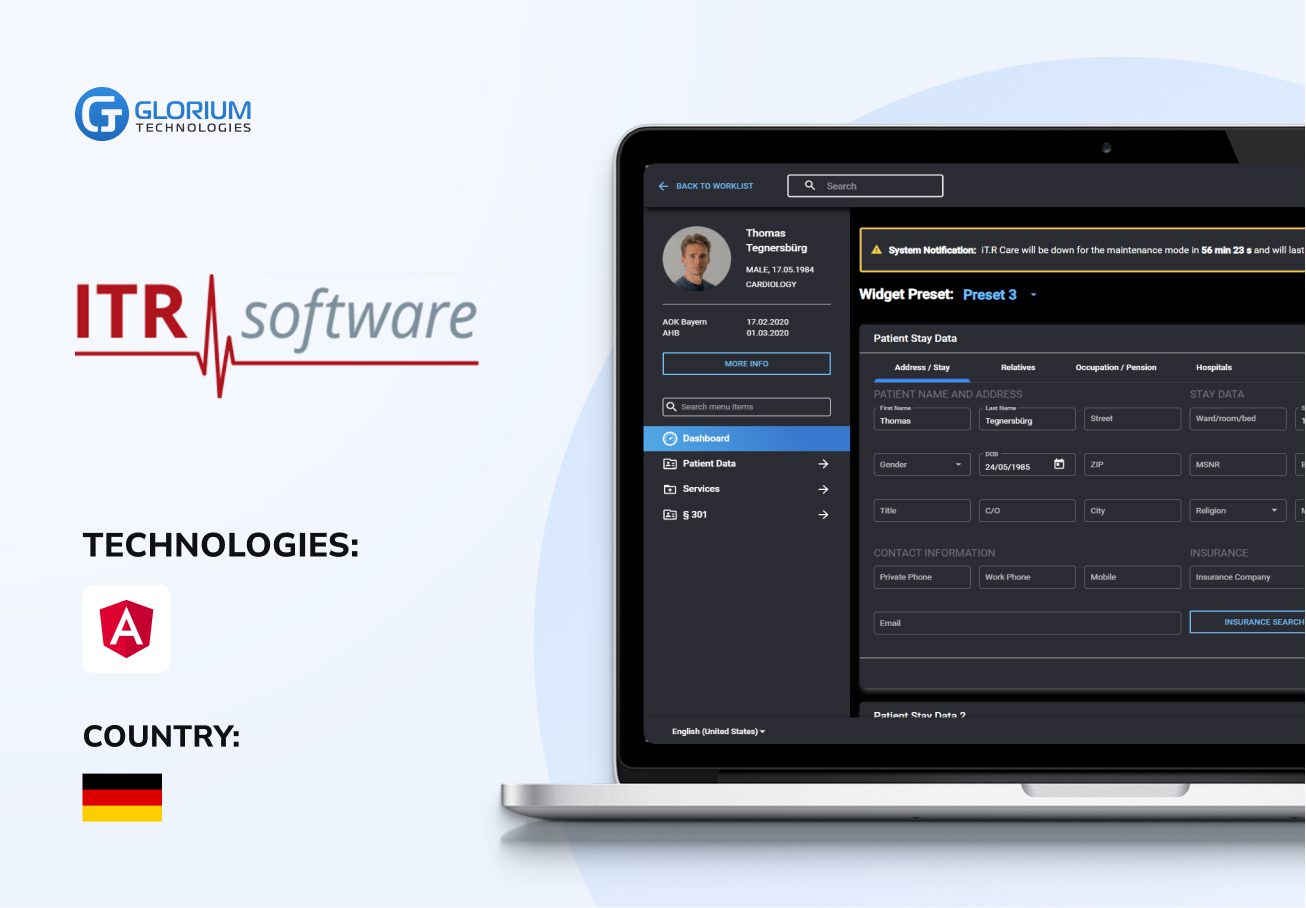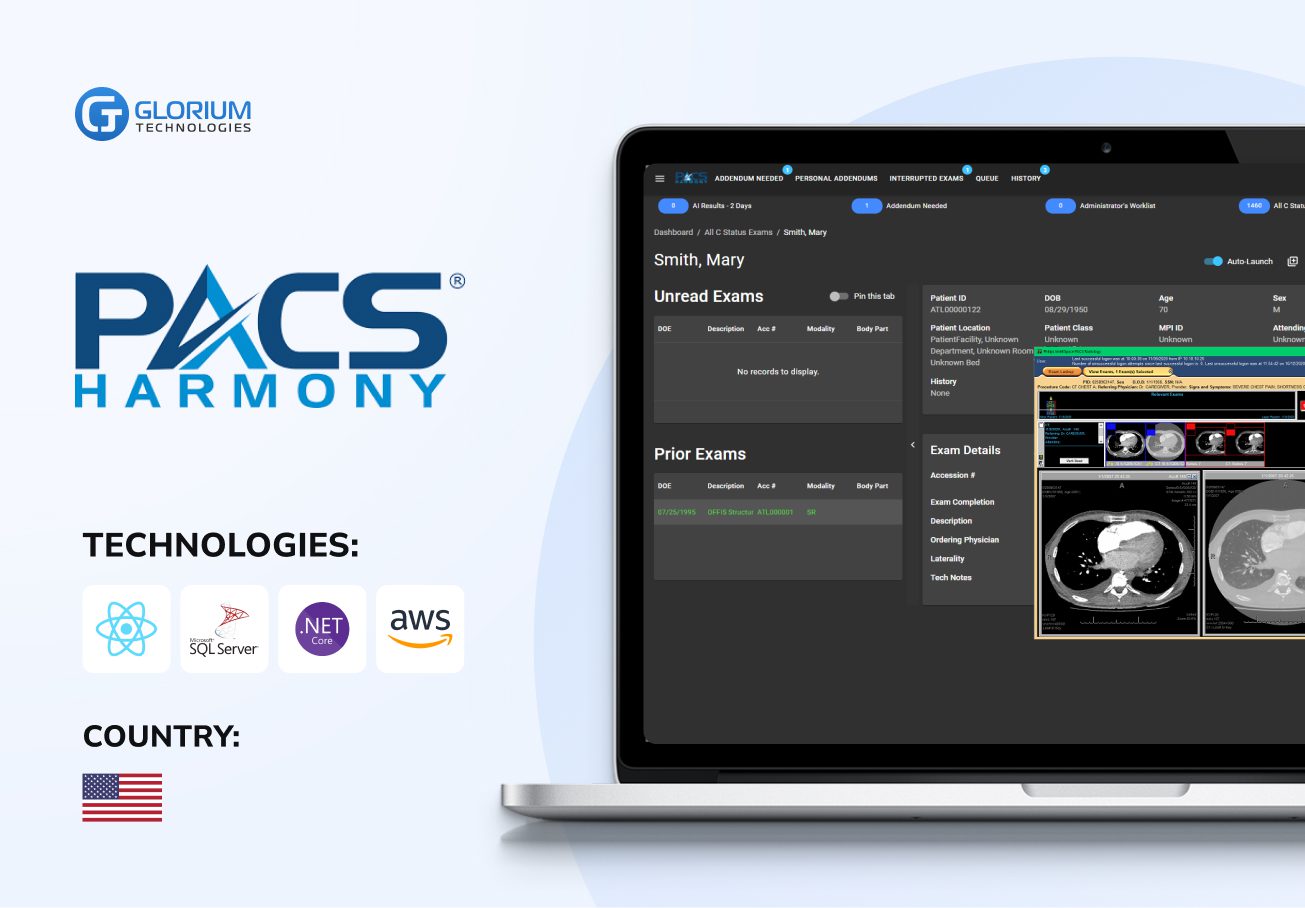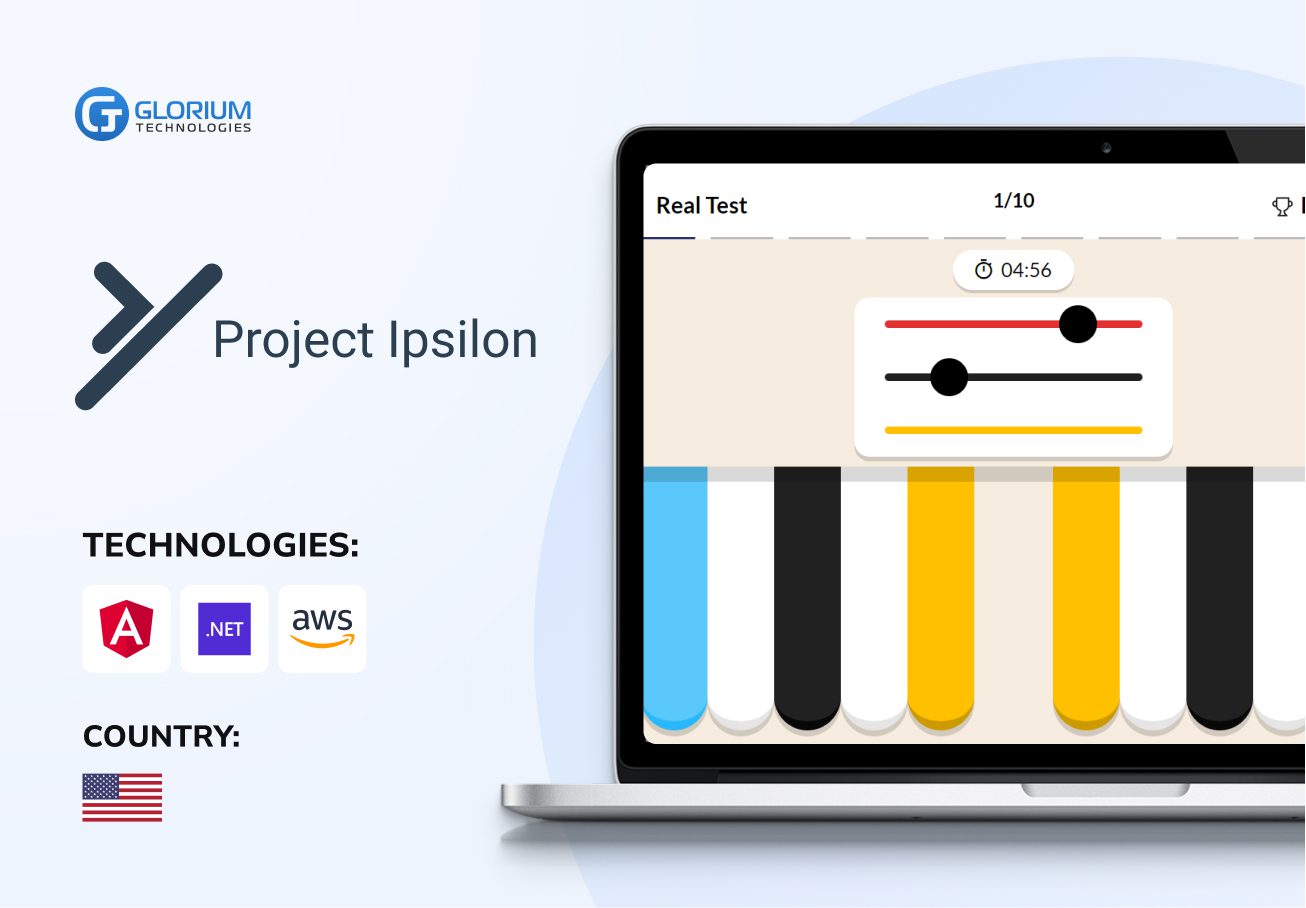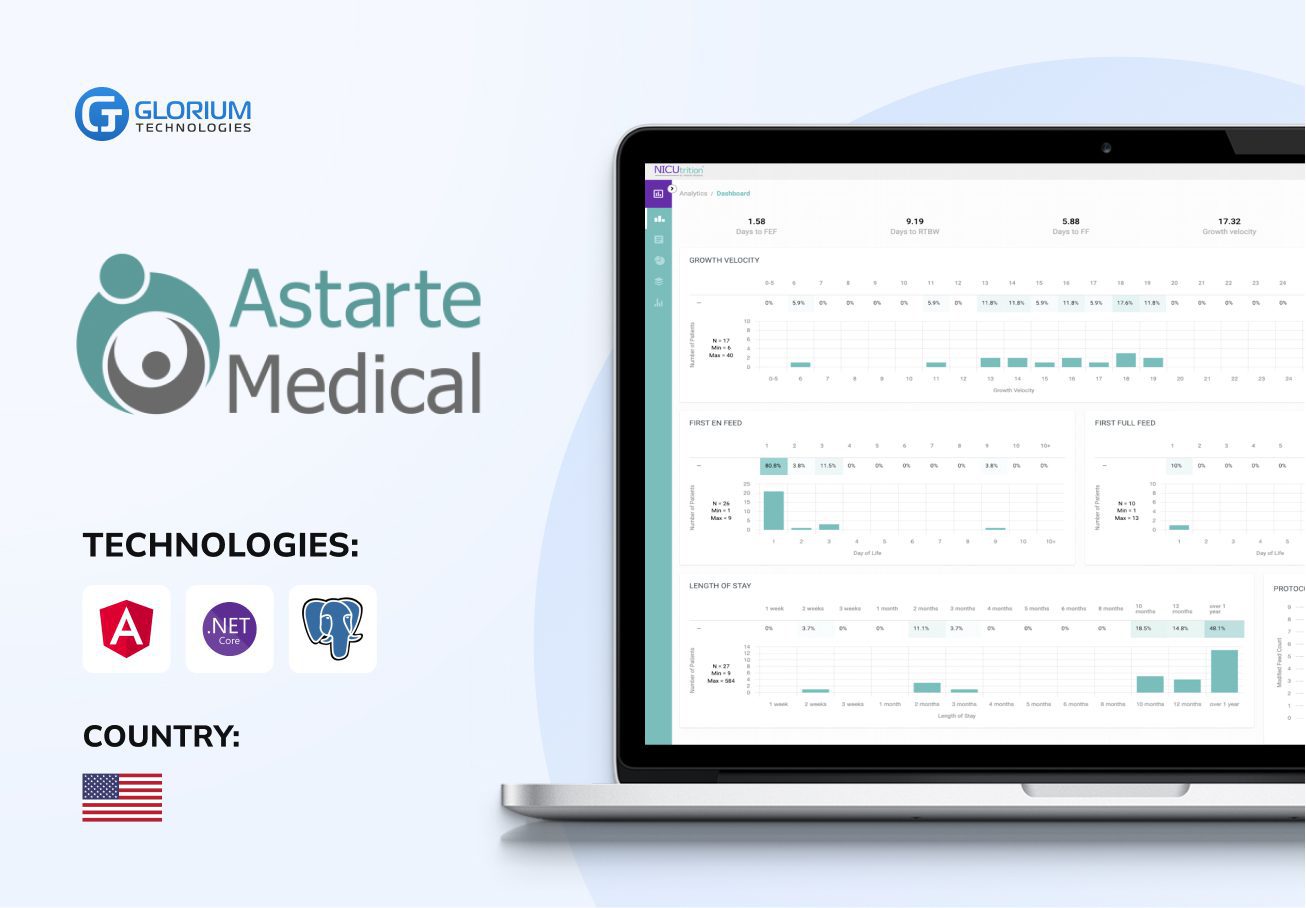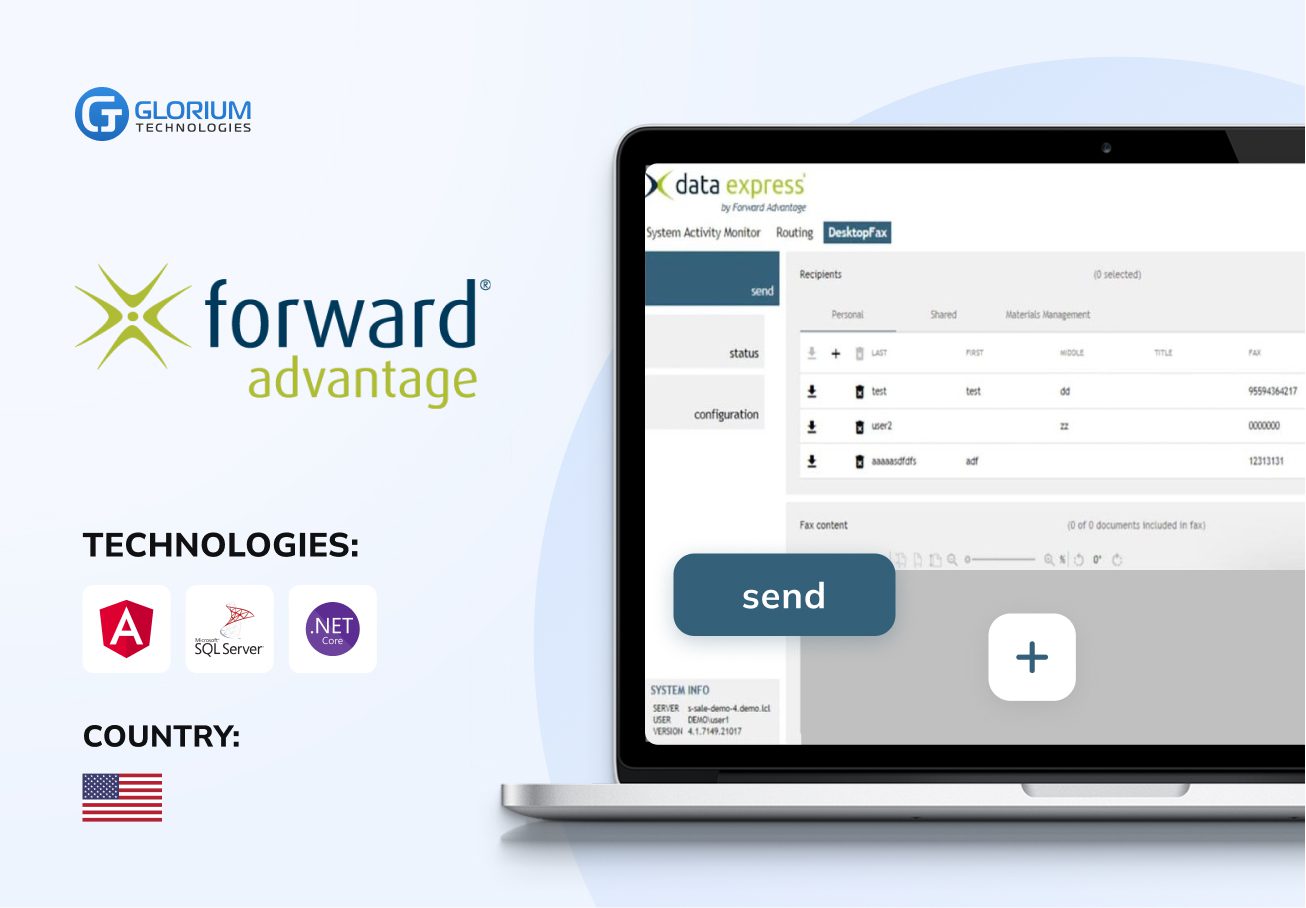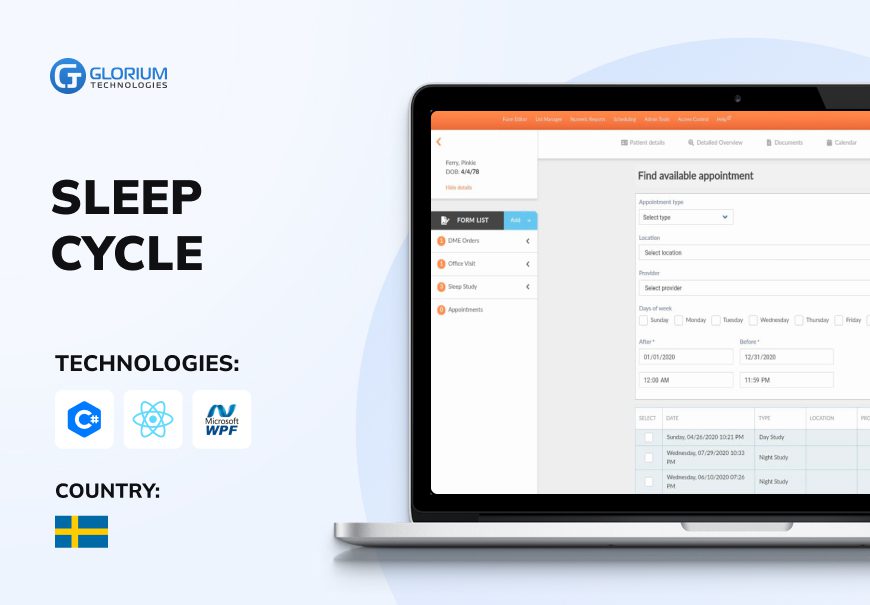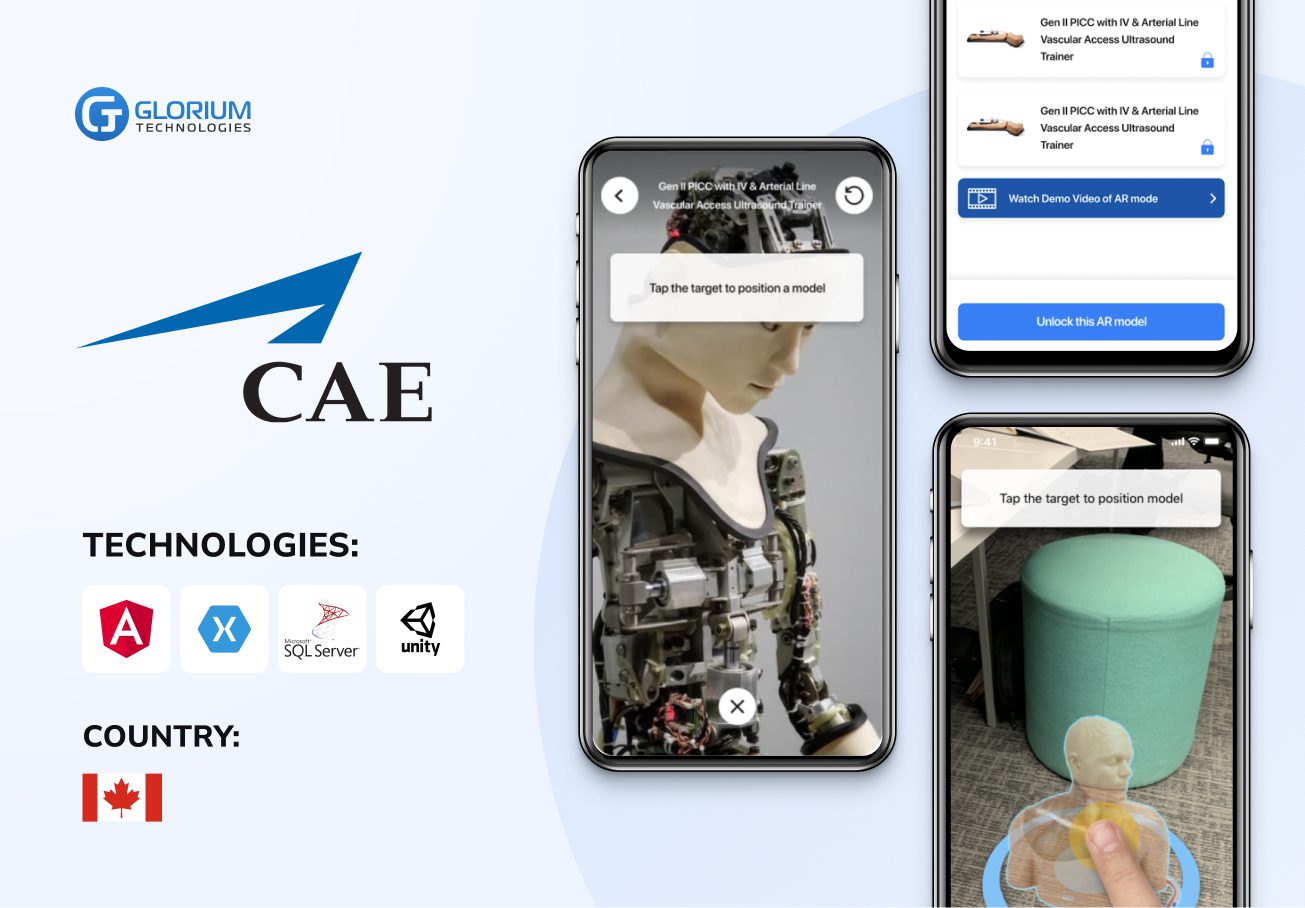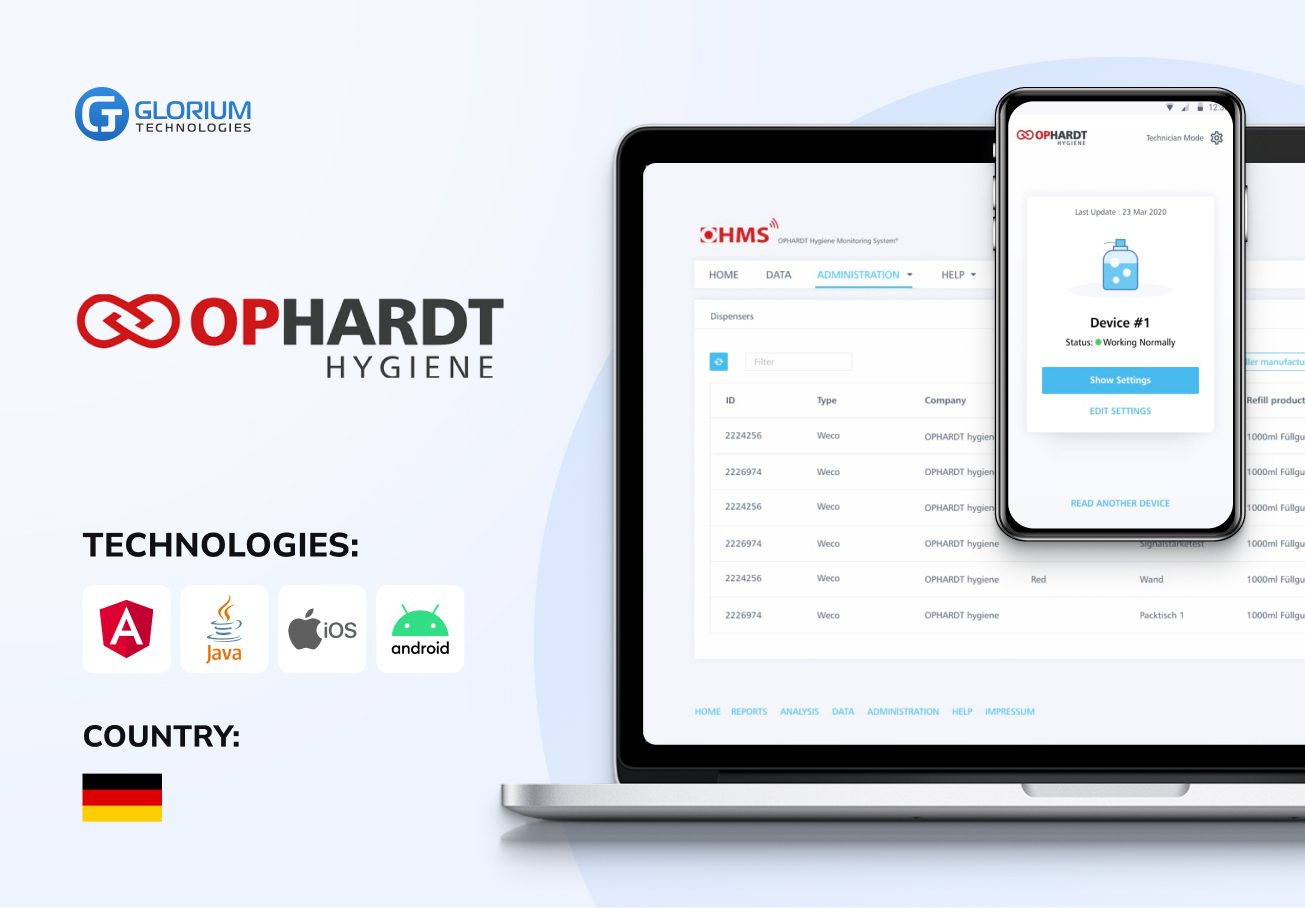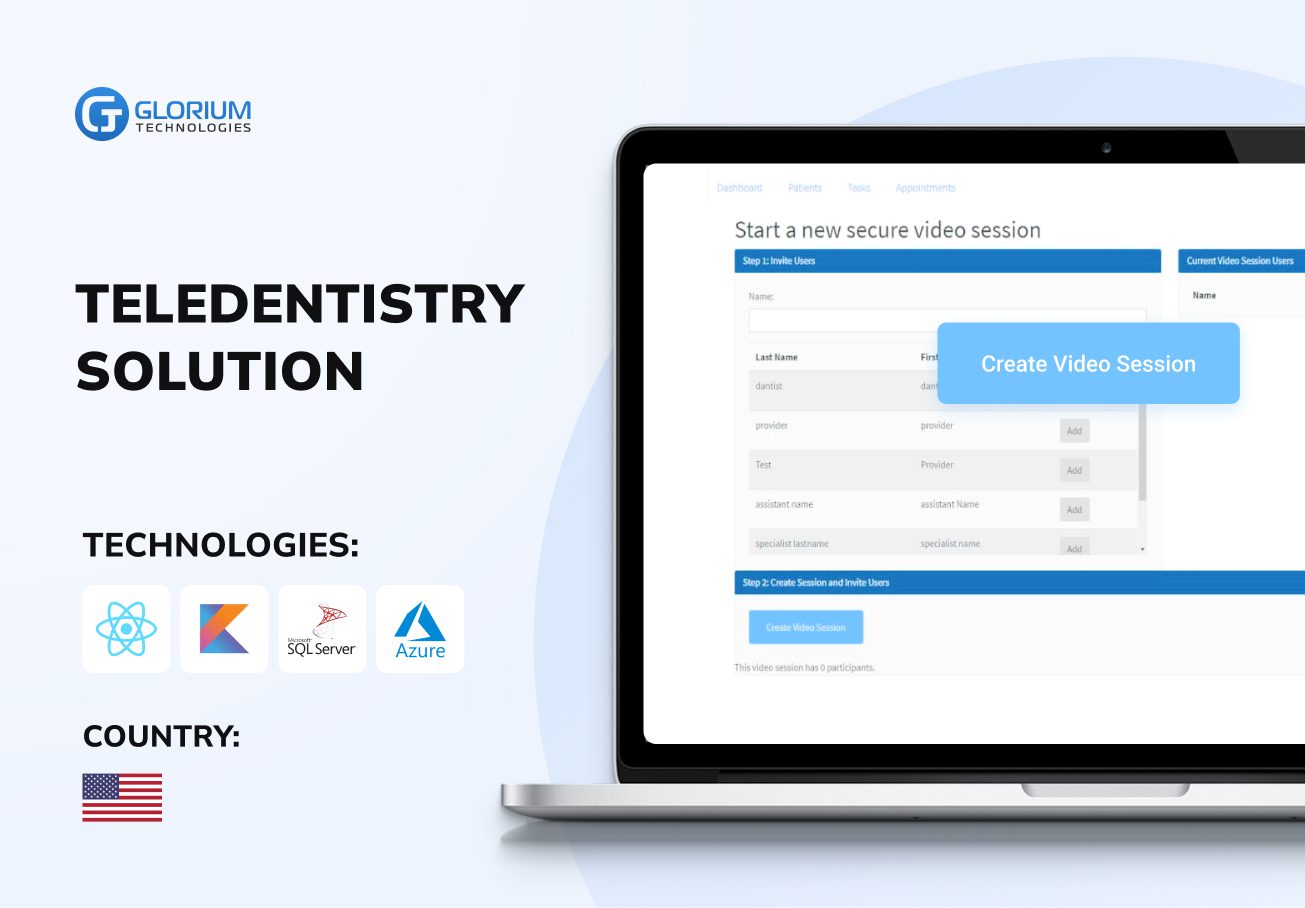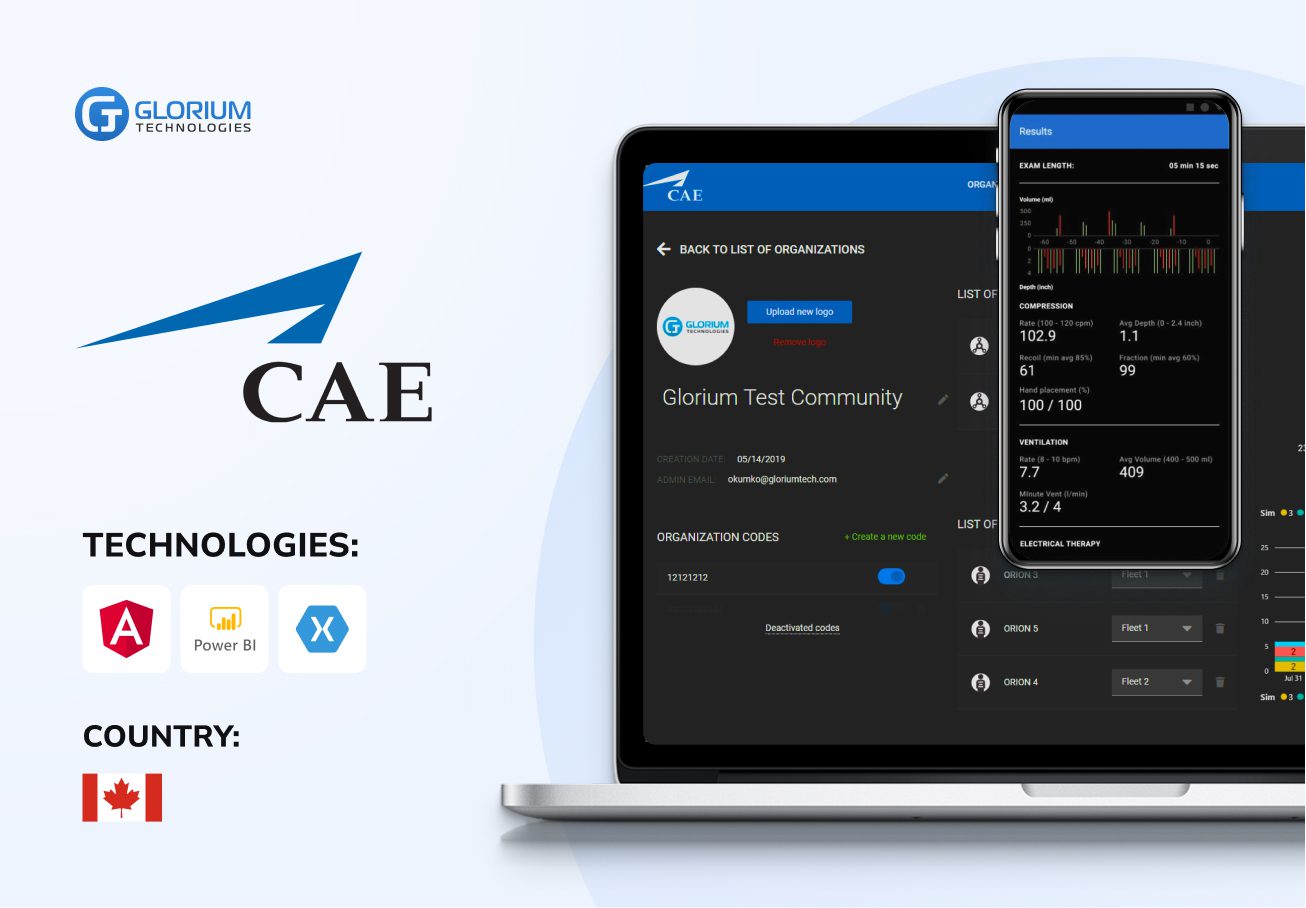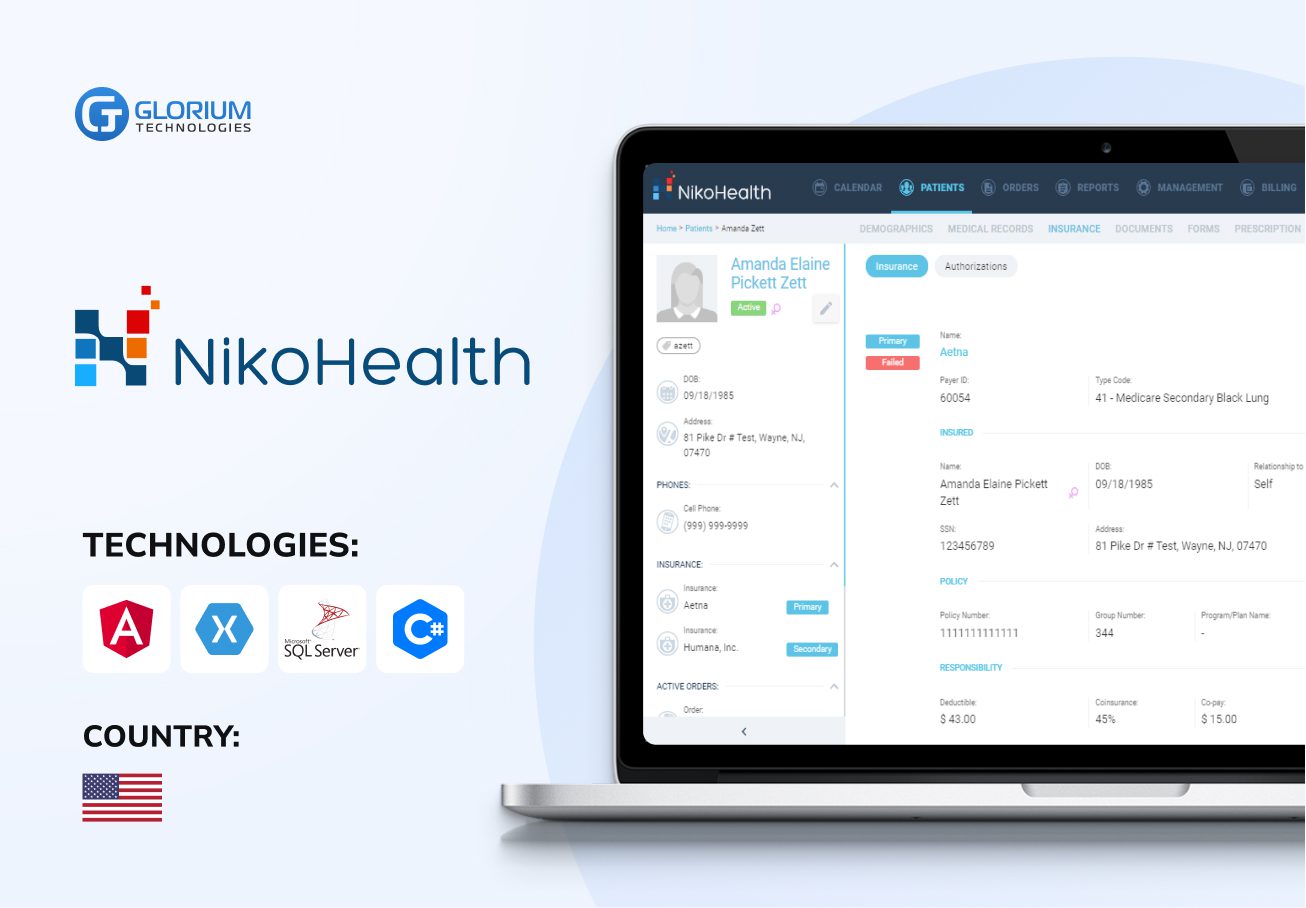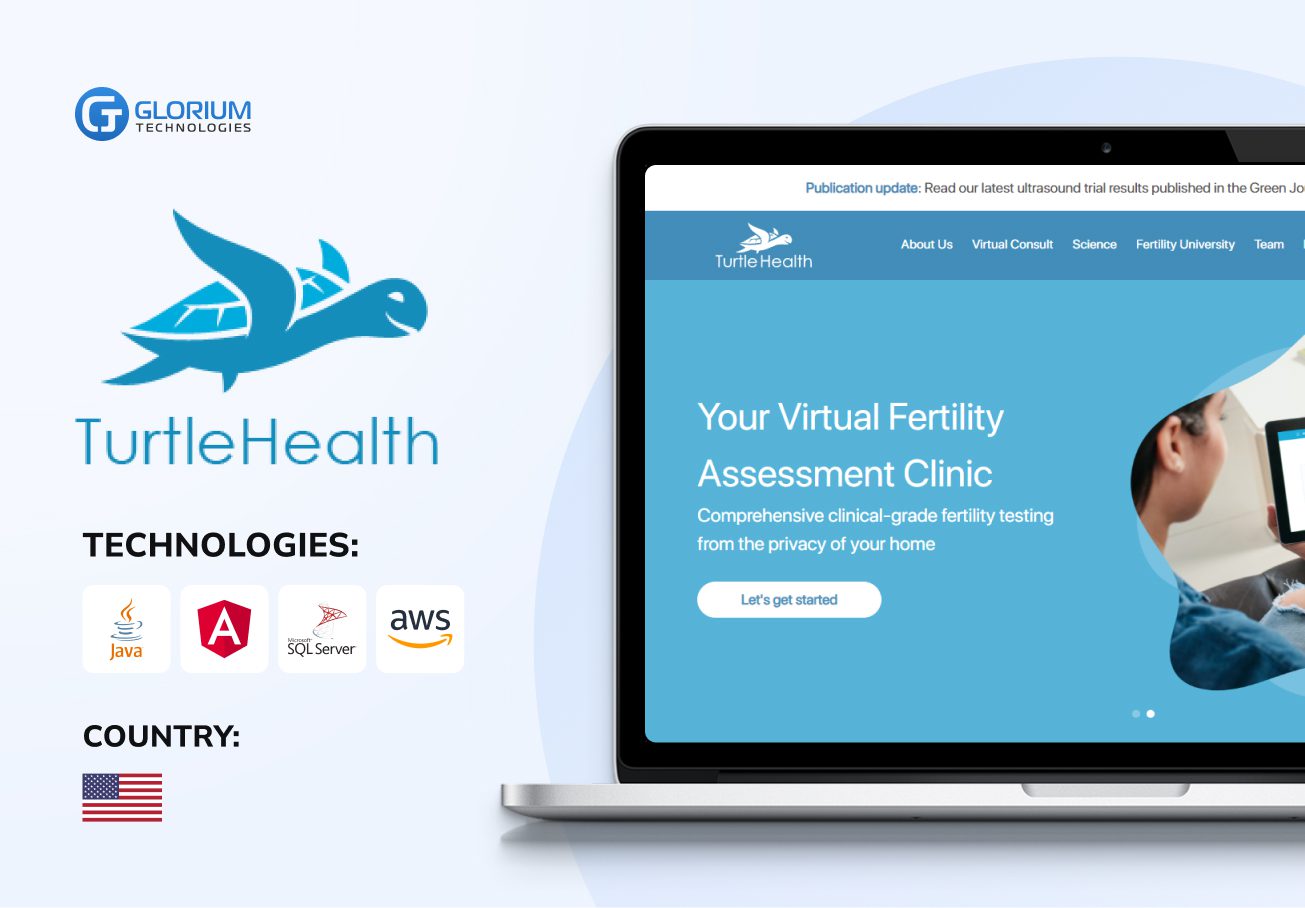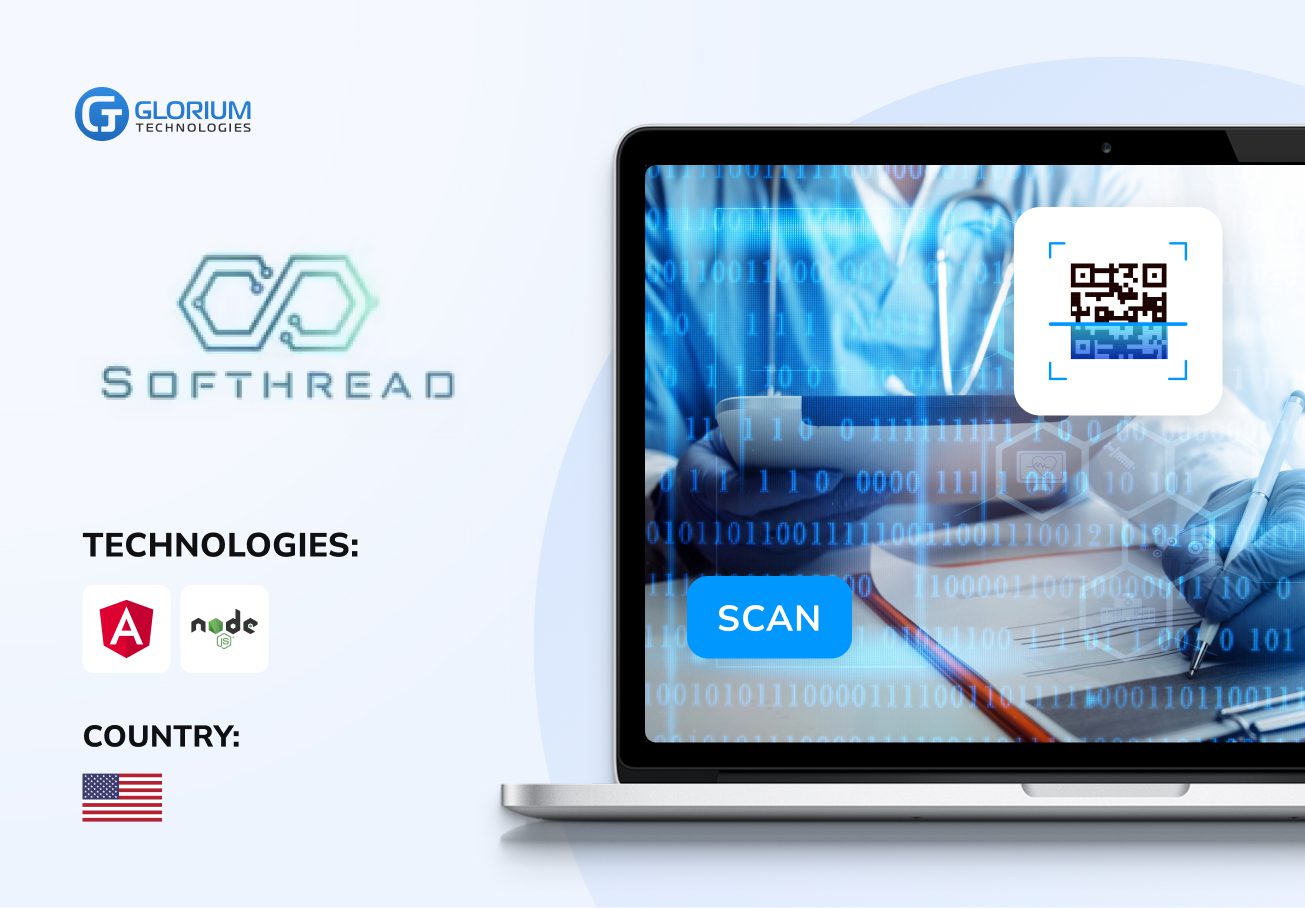DICOM Integration Solutions Development
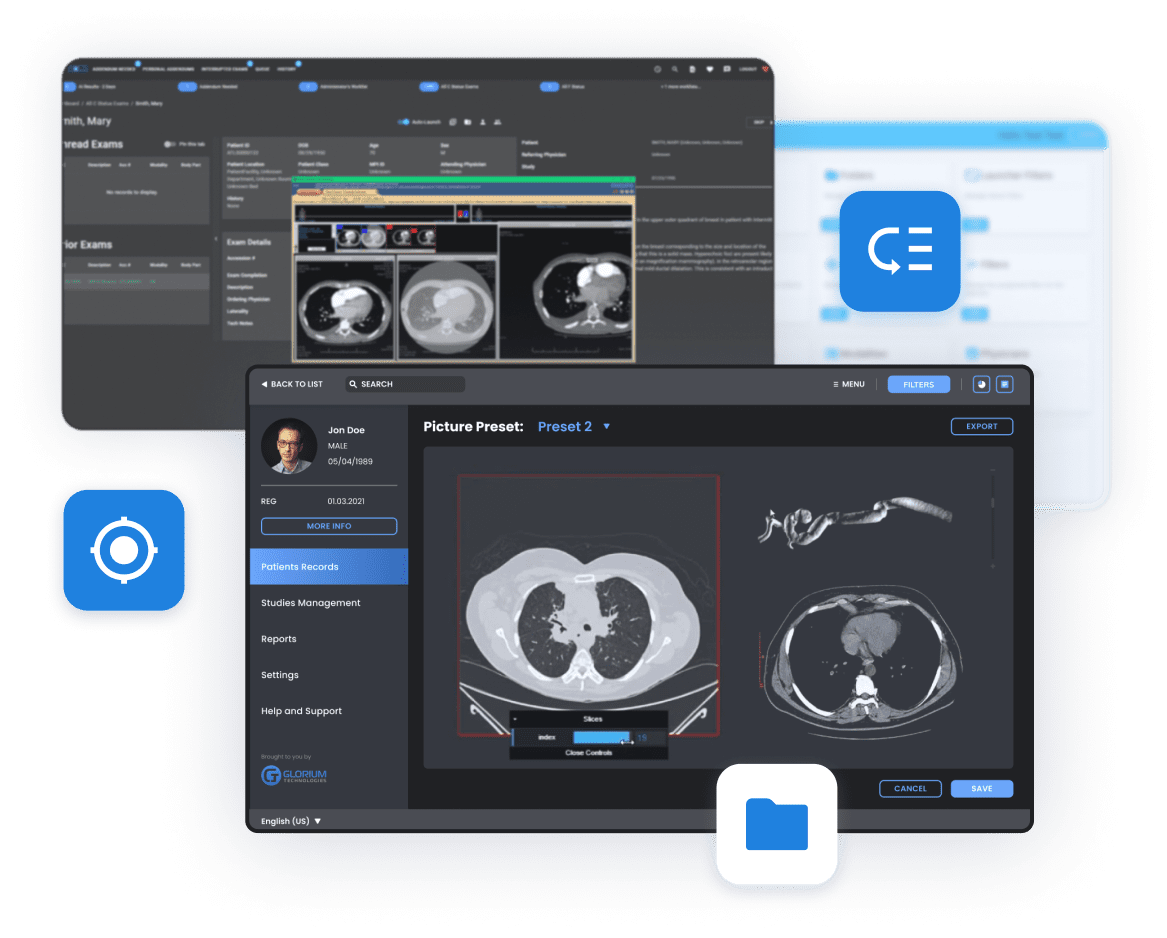

Medical Imaging for Mobile & Web Applications
Migrate your existing DICOM data safely and provide smooth integration into your EHR/EMR, RIS, HIS, or any other medical information system that you use.
Program teleradiology to send secure DICOM communications across disparate systems. You can expand your PACS and VNA teleradiology capabilities.
Get more flexibility within your workflow. Use our DICOM web services to integrate EHR/EMR, RIS, HIS, and PMS with PACS software.
Enhance your systems efficiency. We have solid experience developing scalable PACS server software solutions for all types of DICOM images with necessary data.
Get customized reporting modules with templates and speech recognition functionalities integrated into your DICOM systems to make life easier for radiologists.
Our experienced experts know how to work with the DICOM data format professionally and efficiently.
Develop PACS/DICOM software nowWhy Choose Custom PACS DICOM Software Development
Who We Serve
Our software solutions can seamlessly integrate and extend your healthcare business capabilities
Let’s talk!How Custom DICOM Solutions are Helping Healthcare Professionals
Contact us via form, and we’ll give you a free consultation on the best possible way to cover your needs at a minimal cost without sacrificing quality.
- Guarantees compliance with regulations
- Provides data accuracy
- Enhances diagnostics accuracy
- Facilitates interoperability
Looking for a Team to Develop a DICOM Product?
Recent healthcare clients

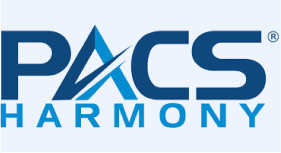


Our Clients Say about Us
Our clients journeys
Who we are
Read moreGlorium Technologies is a full-cycle app & software development company which covers specific client business needs and manage them with the help of the best possible technology solutions.
Since 2010, we have been inventing digital breakthroughs, helping startups and businesses come out on top in their markets.

Why choose us
What does DICOM stand for?
Dicom is Digital Imaging and Communications in Medicine.
What is the main advantage of DICOM data?
The standard has various advantages, including the following ones:
- Single network transactions will transfer both image and patient details
- Enhanced patient safety (images and data kept together)
- Consistent standard across multiple devices means better compatibility
What kind of solutions does Glorium Technologies provide?
We provide enterprise imaging solutions that simplify IT workflows and interoperability. Glorium Technologies is recognized by top healthcare enterprises, government agencies, and partners for next-generation enterprise imaging both in the US and outside the country.
What kinds of images are stored in DICOM?
DICOM differs from other image formats in that it groups information into data sets. A DICOM file consists of a header and image data sets, all packed into a single file. These data are stored as a long series of 0s and 1s, which can be reconstructed as the image by using the information from the header.
Why are DICOM standards important?
Properly executed, DICOM greatly enhances interoperability, which contributes to greater productivity, more security, and less downtime.
Will the installation of a DICOM solution developed by Glorium disrupt my business?
Let’s describe our process of integration of Dicom systems, and you decide if it’s disruptive enough.
We as outsourcers develop products that can be installed with a minimum of distraction and downtime. Our products are the closest you will come to “plug and play” solutions. We also become acquainted with your IT organization’s change management rules and procedures governing IT environment modifications.
We are ready to have a dedicated test server is installed, pre-configured and tested ahead of go-live to ensure all aspects of the new solution have been covered. We then deploy the solution into production in close collaboration with your IT professionals.



